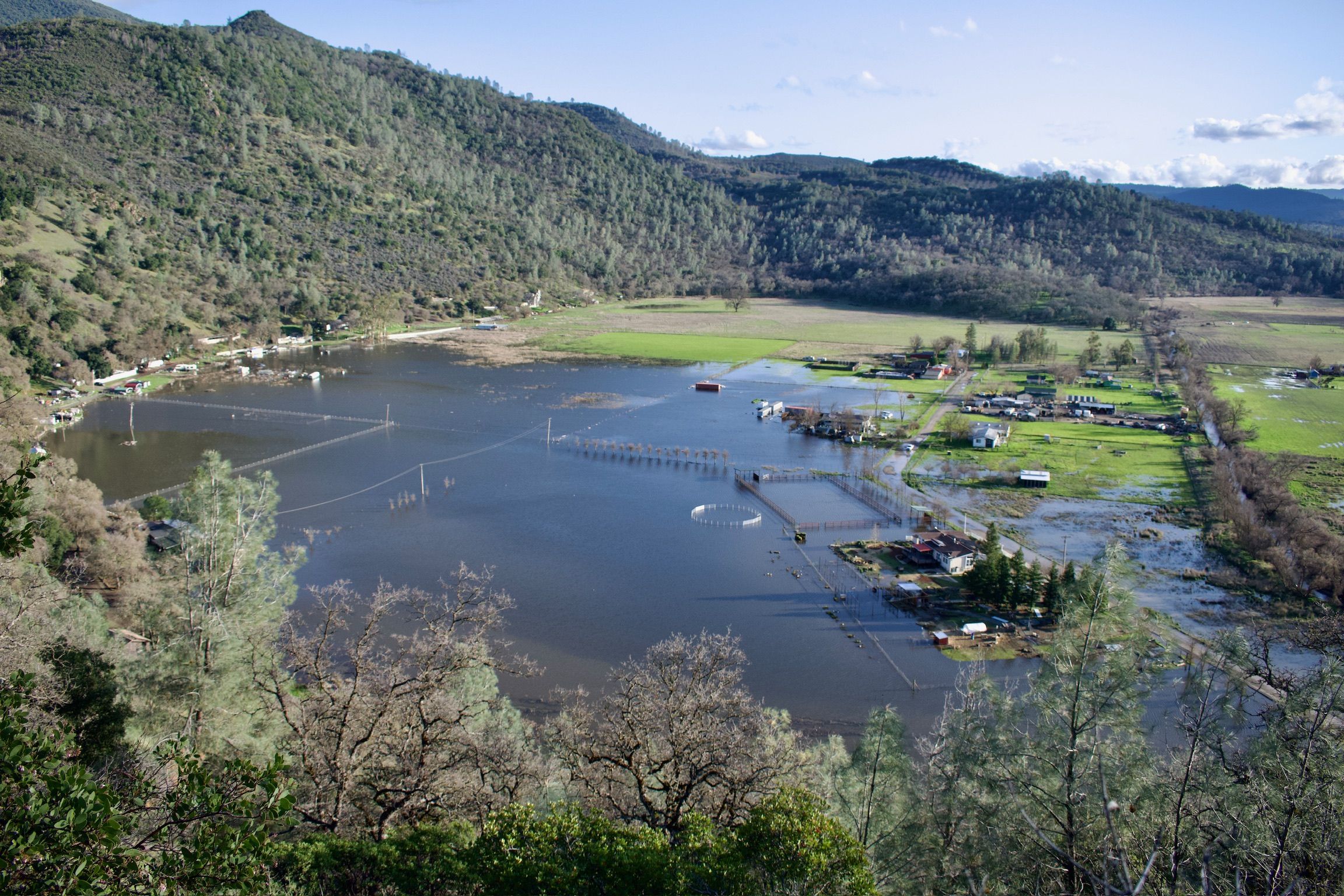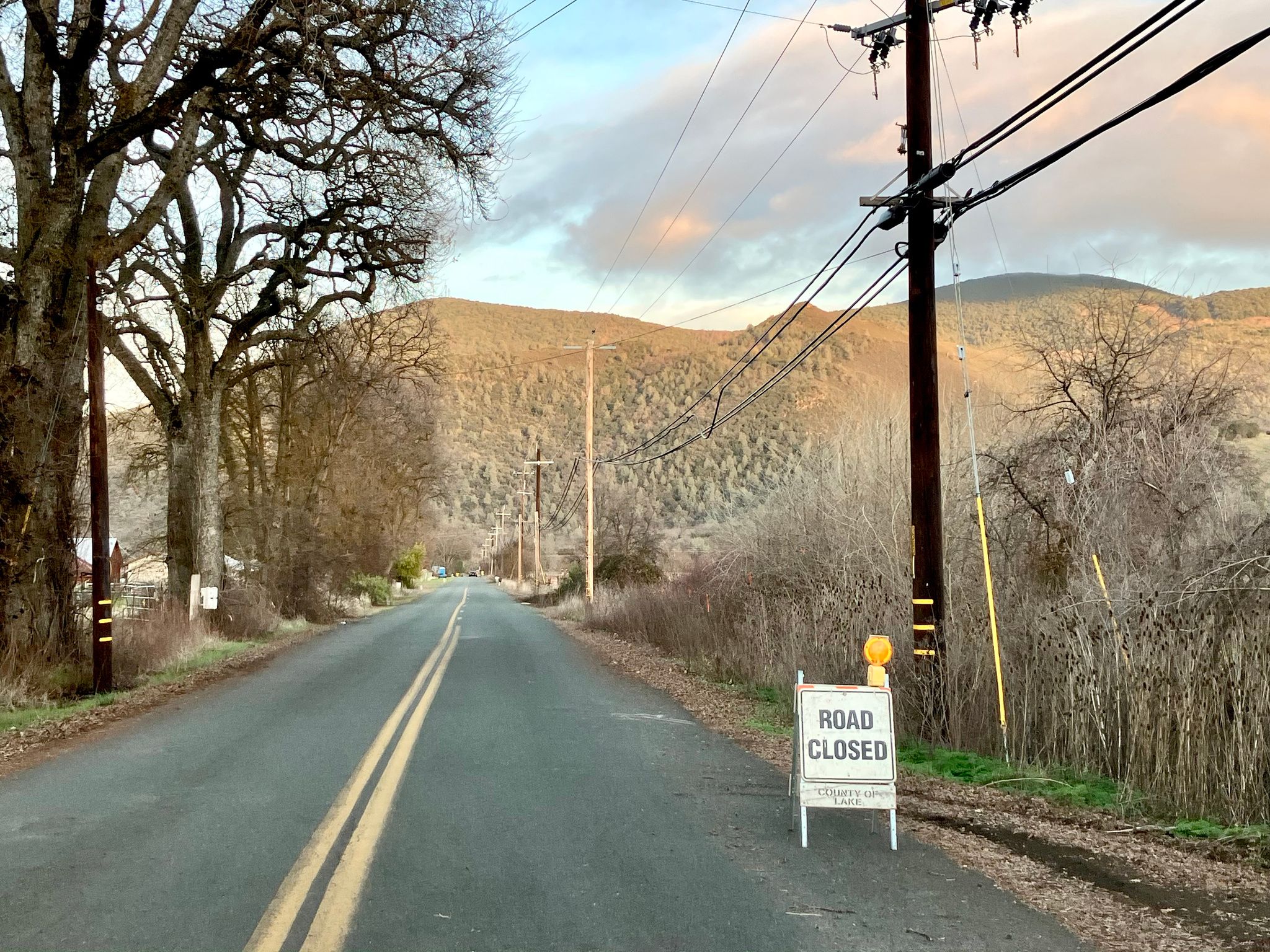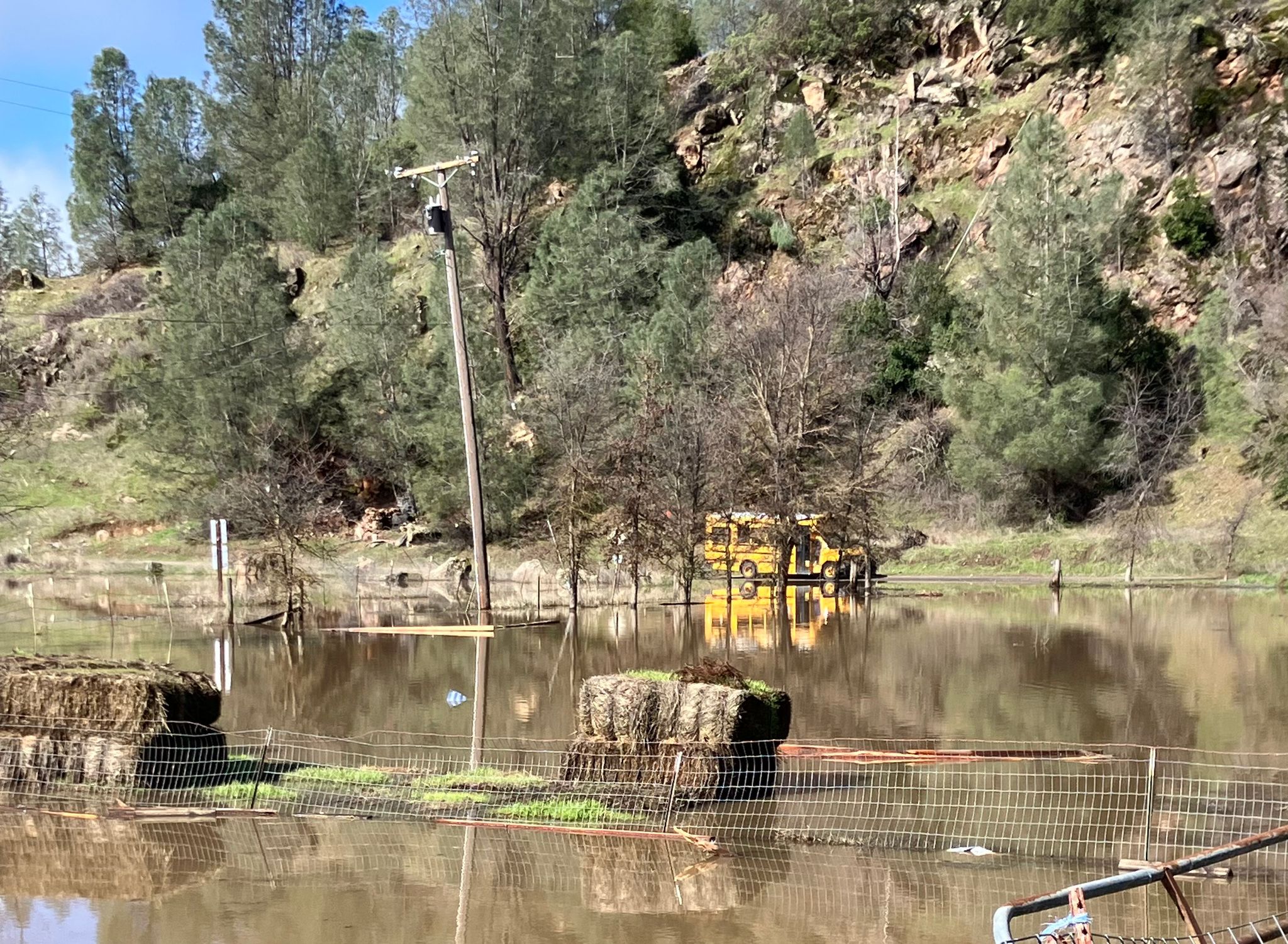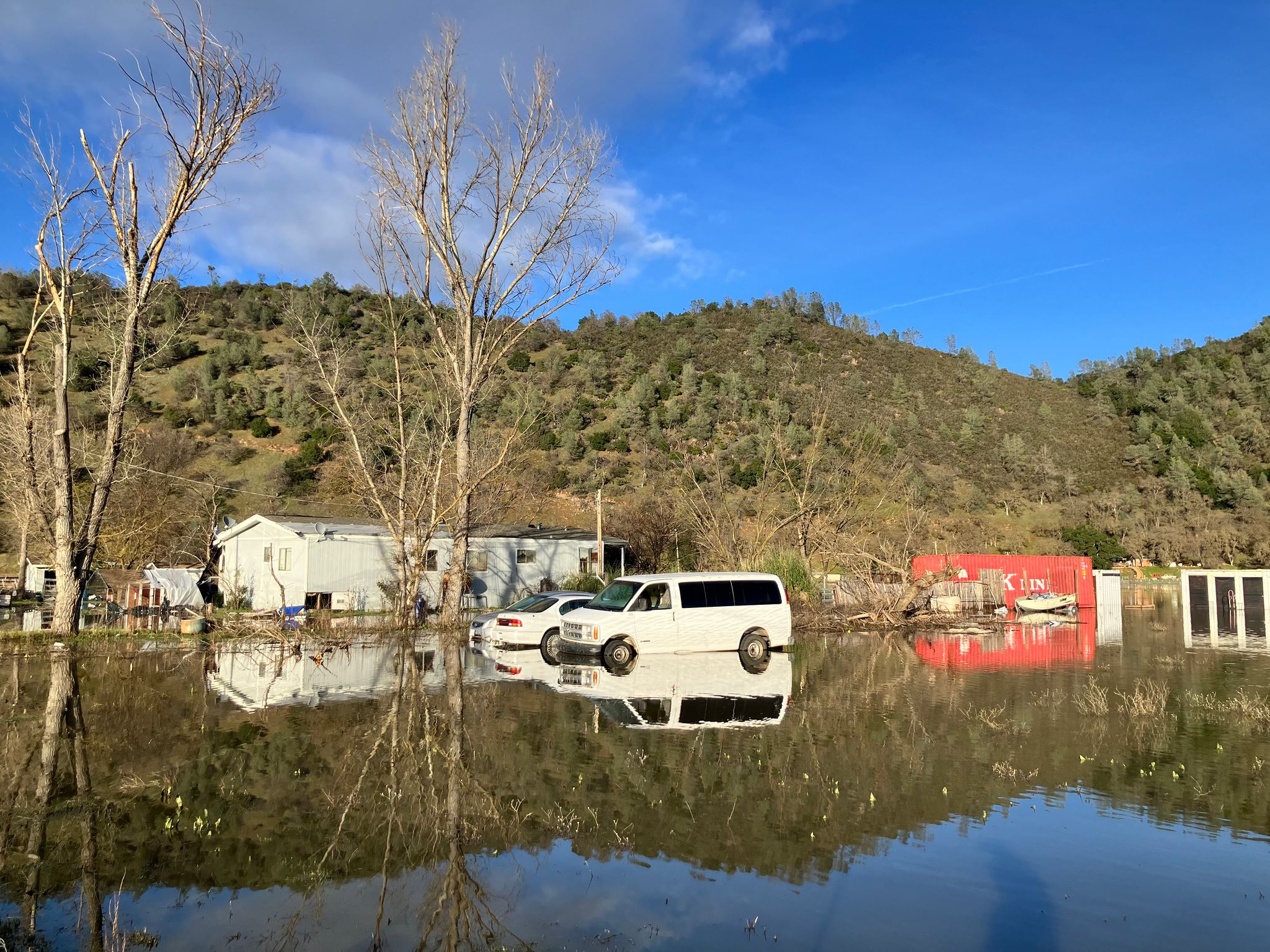Impacts of Cole Creek Flooding
- Poor Water Quality in Clear Lake — Floodwater picks up nutrients from septic systems, animal manure, and fertilizers, then drains to Clear Lake, fueling toxic algal blooms and spreading debris and trash downstream. High nutrient input was identified by the UC Davis Tahoe Environmental Research Center as a primary driver of these blooms. Flooded vehicles also leak gasoline, oil, and antifreeze, sending additional toxic chemicals toward Clear Lake.
- Threat to the Clear Lake Hitch — Prolonged inundation traps endangered hitch in shallow pools where they suffer from low oxygen, high temperatures, and predation, leading to mass die-offs each spring. During the 2024 spawning season alone, the Big Valley Band of Pomo Indians rescued 14,930 hitch along Cole Creek—yet countless more perished before help could arrive.
- Mosquito Breeding Grounds — Stagnant flood-waters create ideal habitats for mosquitoes, unleashing swarms that heighten the risk of West Nile virus and other vector-borne diseases for thousands across the region.
- Structural Damage — Fences, sheds, barns, and access roads sit under water for months. Wooden posts rot, metal corrodes, and repeated repairs impose heavy costs on landowners.
- Lost Agricultural Productivity — Fields remain water-logged well into the growing season, preventing planting, stressing perennial crops, and reducing pasture availability for livestock.
- Limited Emergency Access — Road closures isolate the neighborhood; flooded routes keep fire engines, ambulances, and other critical services from reaching homes for hours or even days, putting lives and property at greater risk.
- Unsafe Drinking Water — Some residents report discolored or foul-smelling tap water coming from their wells during and after the flood season, raising fears of bacterial contamination and long-term health risks.



